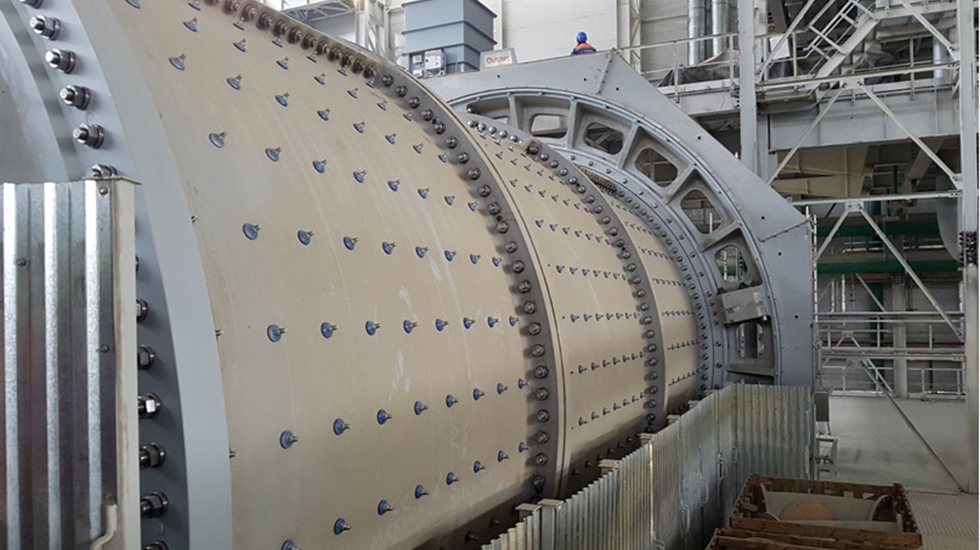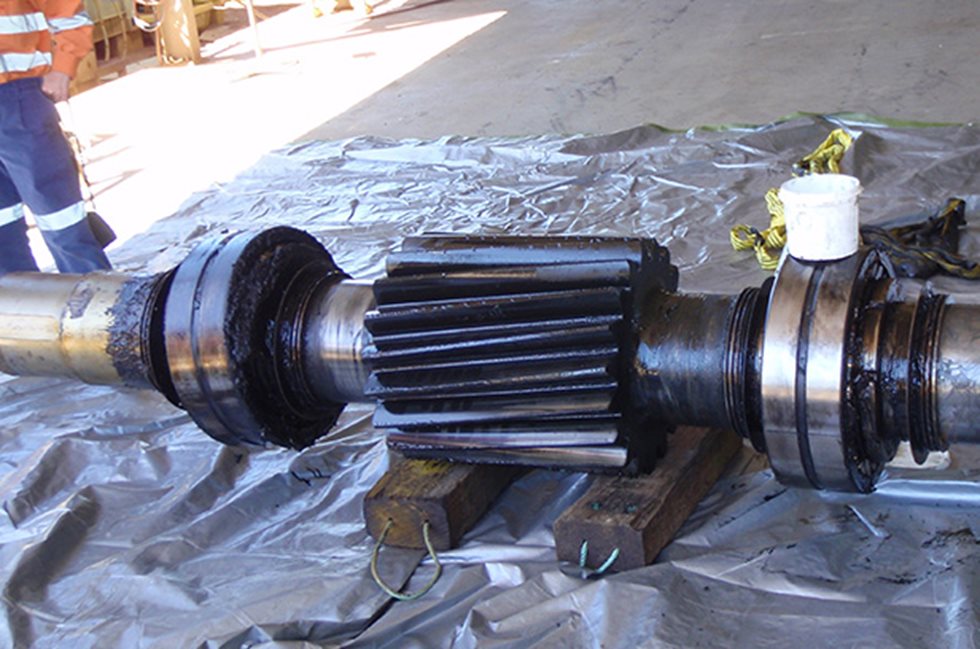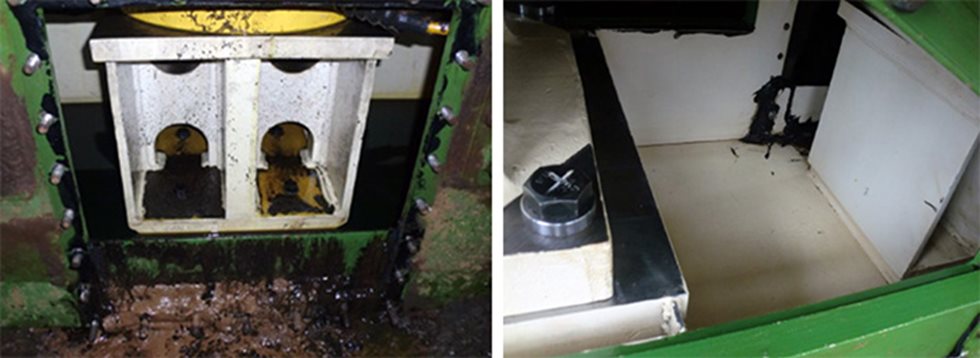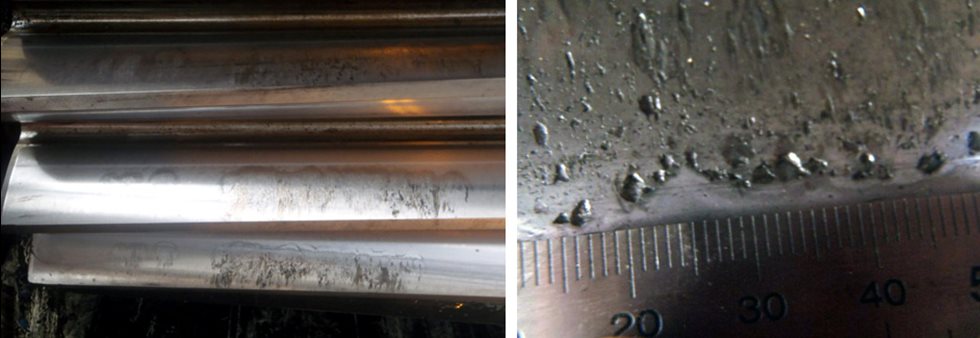In an ideal world, mill maintenance would only ever take place over planned shutdowns. Whilst this ideal may never be achieved, with good planning, you can identify potential problems early, saving thousands of dollars and wasted hours in the process. Here are three simple ways to keep your mill operating at its best.
Step 1 – keep your mill clean
This may sound obvious – but a fundamental part of mill care is cleaning the mill – and this step is often neglected. If a mill is kept clean, then ‘leaks and creaks’ (such as grease leaking from bearing seals) will be identified earlier, cost less to repair, and fixed before major equipment failure.
A faulty bearing seal, when identified early, can be quick and inexpensive when compared to a complete bearing overhaul from a significant bearing failure. Weeping from shell flanges, hard to identify unless the mill is clean, is a critical indicator in diagnosing loss of fastener tension or failure issues. In addition, damage to equipment, protective coatings and cracking of grout will be more visible. Early repair can prevent more extensive damage.
P.S. clean is not just a hose down!!
However straightforward cleaning a mill may sound, it is not as simple as hosing equipment down periodically. Hosing down a hot casting may cause it to crack, or shrink it onto its contained bearing, reducing the bearing clearance and spinning the bearing on the shaft. A thoughtlessly directed high-pressure-spray could lead to water ingress behind a bearing seal, causing premature bearing failure. It is important, therefore, to ensure that staff are trained and competent for the cleaning task; this is where it definitely pays to consult with your mill supplier, who should be able to talk you through important steps and offer useful hints and tips. So, in summary,
Clean the mill regularly
- Do not clean hot components (especially castings)
- Do not clean seals with water sprays or jets
- Ensure staff are trained
- Get advice from the mill supplier
Step 2 – Inspect your mill regularly
After ensuring that the mill is kept clean, the next logical step is to inspect it regularly, ensuring early detection of any leaks or damage. Most mill control panels show sensor readings from mill critical parts, and this can be reliably used to inspect these parts during operation.



